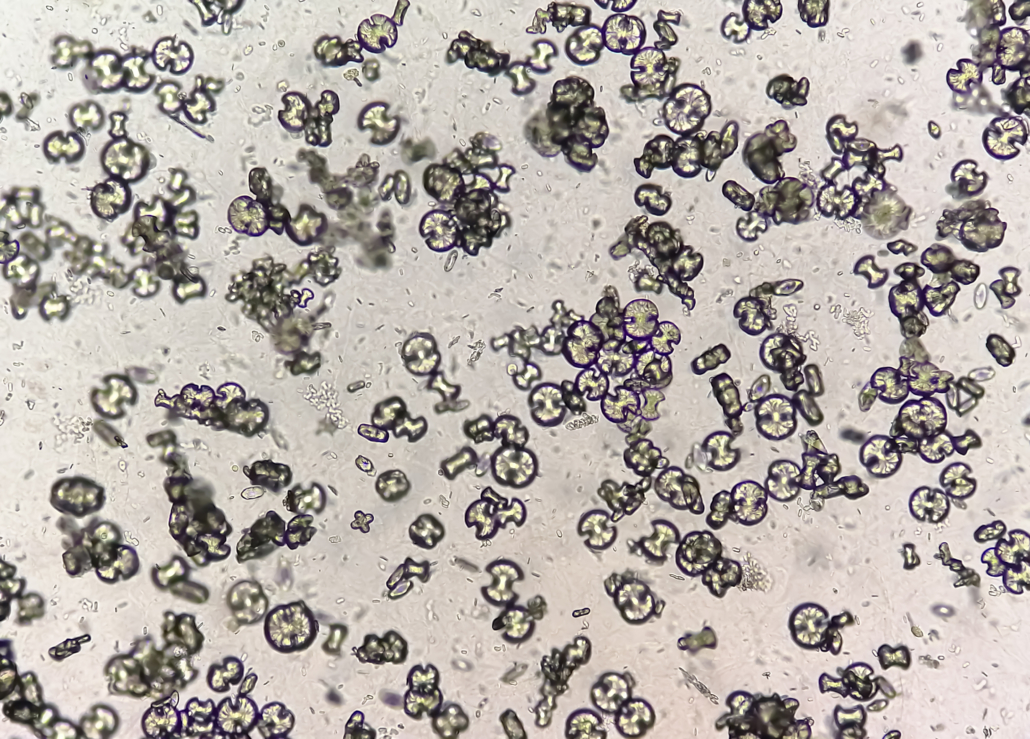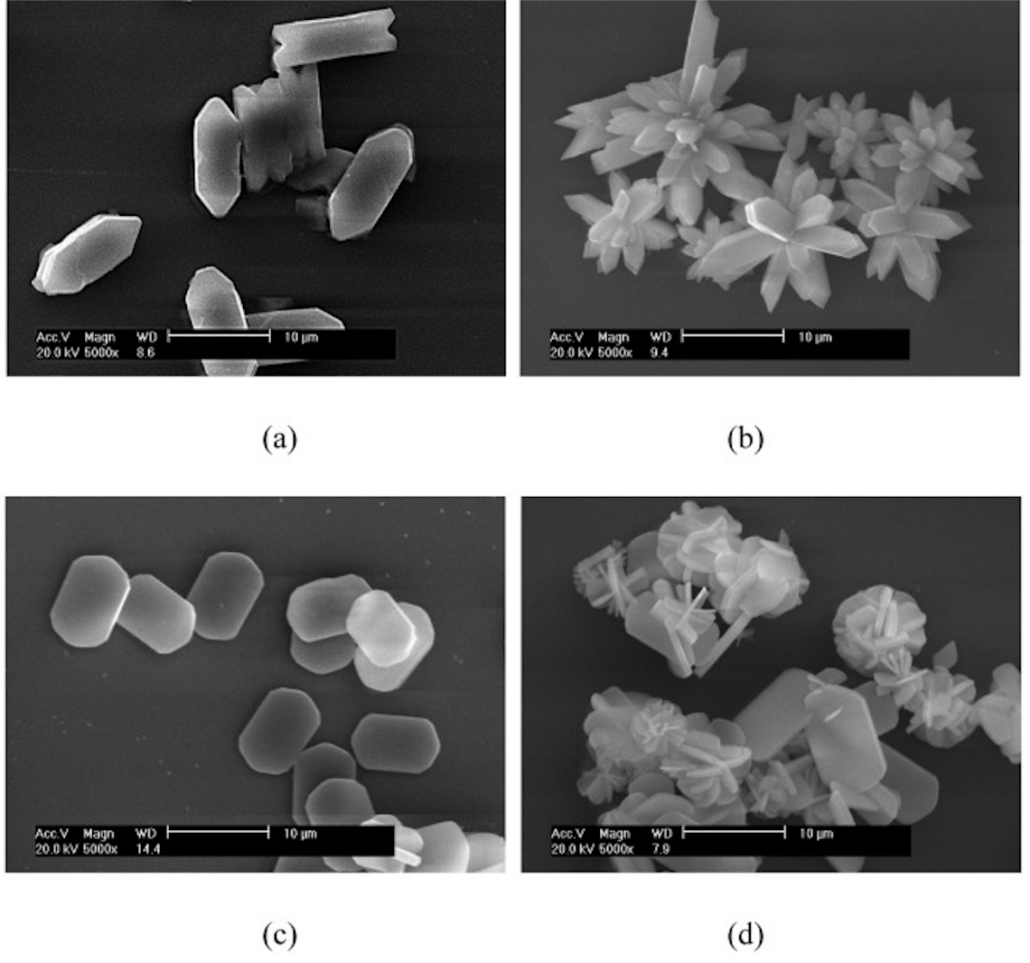We include products in articles we think are useful for our readers. If you buy products or services through links on our website, we may earn a small commission.
What is Oxalate Dumping?

Oxalates are naturally occurring plant toxins found in many popular plant foods, including cocoa and leafy greens. Over time, chronic exposure to these foods can cause oxalates to accumulate in your body tissues.
When you dramatically reduce or eliminate oxalate intake, the body can suddenly release these stored oxalates–a process known as oxalate dumping.
Oxalate dumping can result in a range of symptoms, including joint pain, kidney stones, and digestive issues.
In this article, we will explore the causes, symptoms, and treatment options for oxalate dumping, as well as provide some tips on how to manage this condition effectively.
Table of Contents
What are Oxalates
Oxalates, or oxalic acid, are molecules found in plant proteins, typically leafy green vegetables, nuts, seeds, and legumes.
Oxalates are one of many naturally occurring plant toxins. In plants, oxalates help regulate internal mineral content and metabolic activity and can play a role in defending plants against pests and predators.
But as with many plant compounds, what’s good for the plant can be harmful to humans. Studies show that excess oxalates intake can be harmful to our kidneys and digestive tract.
Oxalates build up in the body in two ways:
- Endogenously – via metabolic processes in the body
- Exogenously – via consumption of oxalate-rich foods

How Excess Oxalates Can Harm the Body
Oxalates can harm the body in two main ways:
- As reactive substances that affect other molecules and nutrients in your body
- as abrasive objects that can directly damage body tissue, especially the intestines and kidneys
Low Mineral Absorption
When you consume high-oxalate foods, these oxalates bind with important minerals like calcium, magnesium, and iron, inhibiting the body’s ability to absorb these vital nutrients.
A simpler approach to reducing mineral absorption would be to eliminate oxalate-containing foods and opt for other nutrient-dense whole foods from animal sources.
Increased Risk of Kidney Stones
When oxalates bind with calcium they produce calcium oxalate crystals in the digestive tract.
As we metabolize oxalates, primarily through our urine, a buildup of calcium oxalate crystals in the kidneys could result in the formation of kidney stones.
Kidney stones are small, hard deposits of minerals or salt in the urinary tract that can be extremely painful.
Approximately 80% of kidney stones are the result of calcium oxalate (CaOx) crystals.
Healthy urine contains well-dispersed and spherical-shaped crystals. Calcium oxalate crystals tend to be composed of large, polycrystalline masses with sharp edges that can damage cellular structures.
Increased Inflammation
Inflammation may correspond directly with high amounts of oxalates in the body.
Studies suggest inflammatory conditions such as lupus, leaky gut, and rheumatoid arthritis may be worsened by a diet rich in oxalates.

What is Oxalate Dumping
Oxalate dumping refers to the rapid release of oxalates from the body through urine or stool.
It is believed that oxalate dumping occurs because of the sudden elimination of oxalate-rich foods from our diet.
This type of detoxification can lead to numerous uncomfortable symptoms.
Symptoms of Oxalate Dumping
Some of the common symptoms of oxalate dumping include:
- Bodily aches and pain including joint, neck, back, stomach, headache, sore throat, burning tongue
- Cloudy, frequent, or painful urination
- Mood changes
- Brain fog or difficulty focusing
- Dizziness
- Skin rashes
- Fever or chills
Oxalate dumping symptoms tend to be shorter term and generally resolve on their own, as the oxalates are flushed from the body. There is little research that shows the long-term effects of oxalate dumping.
However, there is one rare long-term effect of high-oxalate consumption called hyperoxaluria. This condition is characterized by high levels of oxalate in urine. This condition can lead to kidney stones and long-term damage to the kidneys.
Oxalate Dumping on the Carnivore Diet
When you transition to the carnivore diet, you are eliminating all oxalate-containing plant foods, which can trigger oxalate dumping.
Like any major lifestyle change, we want to be mindful as we transition our body from one mode of eating to another. Some dietary experts suggest slowing the intake of oxalate-rich foods over time to help the body adjust.
How to Reduce Oxalate Dumping Symptoms
- Gradually reduce oxalates from the diet at a rate of 5-10% per week.
- Increase calcium intake with foods rich in vitamin D and K2, like eggs, cheese, heavy cream, and liver. Studies have found that increasing dietary calcium decreases urinary oxalate. Aim for the recommended 1,000 – 1,200mg of calcium per day.
- Avoid vitamin C supplements since the body can convert this nutrient into oxalates in the body.
- Stay hydrated by drinking plenty of water as you transition away from a high-oxalate diet.
- Boil oxalate-rich vegetables to reduce their oxalate content by 30-87%.
High Oxalate Foods to Avoid
Oxalate-rich foods include, but are not limited to :
- Rhubarb
- Dark, Leafy Greens (Spinach, Chard, Beet Greens)
- Soy Products
- Chocolate
- Black Tea
- Strawberries & Raspberries
- Wheat Bran
Oxalate Dumping: The Bottom Line
Oxalate dumping refers to the sudden elimination of stored oxalates in the body. This can lead to symptoms like body aches, fatigue, brain fog, or cloudy urine. Oxalate dumping is somewhat common for people that transition to a carnivore diet that calls for eliminating plant foods.
Though oxalate dumping may result in uncomfortable symptoms, eliminating oxalate-rich foods can ultimately reduce the risk of harmful conditions like kidney stones and intestinal permeability.
The key to avoiding oxalate dumping when you’re making the switch from an oxalate-rich diet to a low-oxalate lifestyle is to reduce your intake of oxalates gradually, stay very hydrated, and maintain a healthy intake of minerals like calcium and magnesium.














